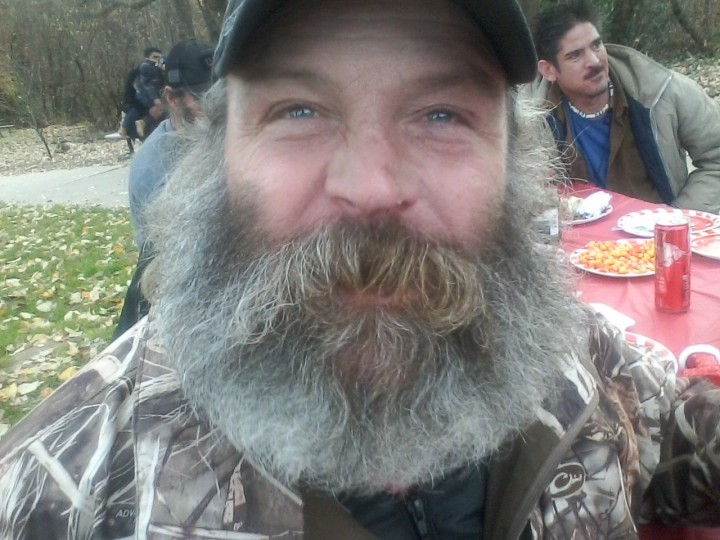 Wire haired terriers know how it works. They wear wiry hair through summer to shade their skin while allowing cooling air circulation. Their softer and fuzzier undercoat that develops in autumn provides better insulation from cold weather through winter.
Wire haired terriers know how it works. They wear wiry hair through summer to shade their skin while allowing cooling air circulation. Their softer and fuzzier undercoat that develops in autumn provides better insulation from cold weather through winter.
Beards are not naturally so adaptable, but can be manipulated to function better. Thick beards might insulate and deflect wind through winter. Short beards may not work as well in that regard, but might absorb warmth from sunlight if still darkly colored. As weather gets warmer in spring, beards can simply be removed to optimize cooling air circulation, and eliminate the extra insulation. However, long and gray beards can provide shade without absorbing much warmth from sunlight.
Have you ever noticed that plants that live near foggy coasts or in the lower levels of shady jungles and forests are the darkest green? They want to absorb all the sunlight they can get. Monterey pine, Monterey cypress, coast redwood and the many ferns that live on the ground below them are classic examples.
Plants that live in exposed situations or high elevations are lighter green. Some have glaucous foliage that is shaded gray or blue to reflect a bit of sunlight. Colorado blue spruce, silver leaved mountain gum, century plant and silver sage exemplify this technique. The old man cactus actually shades itself with weirdly elongated spines that resemble gray hair.
English walnut, maple, apple and pear have sensitive bark that would get burned if too exposed during summer. Yet, they are all deciduous and bare through winter. They do not mind, because the intensity of the sunlight through winter is inhibited by the low angle of the sun. By the time the sun is higher in the sky, and the sunlight is more direct (passing through less of the atmosphere at the higher angle), the sensitive bark will be shaded by new foliage.
Ahh – you’re so funny, but of course that all makes sense. Love the analogy!
LikeLiked by 1 person
Funny? We can learn a lot from dogs.
LikeLiked by 1 person
And hairy men! 😂
LikeLiked by 1 person
Your dog is so cute!
LikeLiked by 1 person
He is not a dog! That is Mr. Alexander!
LikeLiked by 1 person
Oh, sorry Mr. Alexander! He’s cute, anyway. 😉
LikeLiked by 1 person
Mrs. Alexander thought so when she married him back in 1989. He is a darn good construction welder too, and can split firewood faster than young men half his age!
LikeLiked by 1 person
I’m confused now, but sometimes it’s ok to be confused.
LikeLiked by 1 person
If you want to see someone who is really cute, see the second picture at the bottom of the article. That is Rhody. Contrary to physical similarity, he is not related to Mr. Alexander. Rhody is actually a dog.
LikeLiked by 1 person
You are always funny!
LikeLiked by 1 person
Thank you; but Rhody is funnier.
LikeLiked by 1 person
I can see the similarity dog/man/dog…..
LikeLiked by 1 person
‘Dog’ is actually an American slang word that is similar to ‘bloke’ (if I understand ‘bloke’ correctly), but is used directly rather than in reference to someone. We would not refer to our ‘blokes’ as ‘dogs’, but might address one as ‘dog’.
LikeLike
A bloke is actually a friendly term for a man. Incidentally if a “bloke” calls another “bloke” a “bastard” over here but says it with a smile it can be taken as a compliment…
LikeLiked by 1 person
Ha! Brent and I often call each other ‘bastid’, a term invented by his older brother. We refer to hybrid Washingtonia palms as ‘bastards’ because we do not know who their parents are, although we suspect almost all of them them to be simple hybrids between Washingtonia robusta and Washingtonia filifera. I wrote an article about it a while back “Bastards!”.
LikeLiked by 1 person
Reblogged this on Tony Tomeo and commented:
Rhody helped with this recycled article.
LikeLiked by 1 person